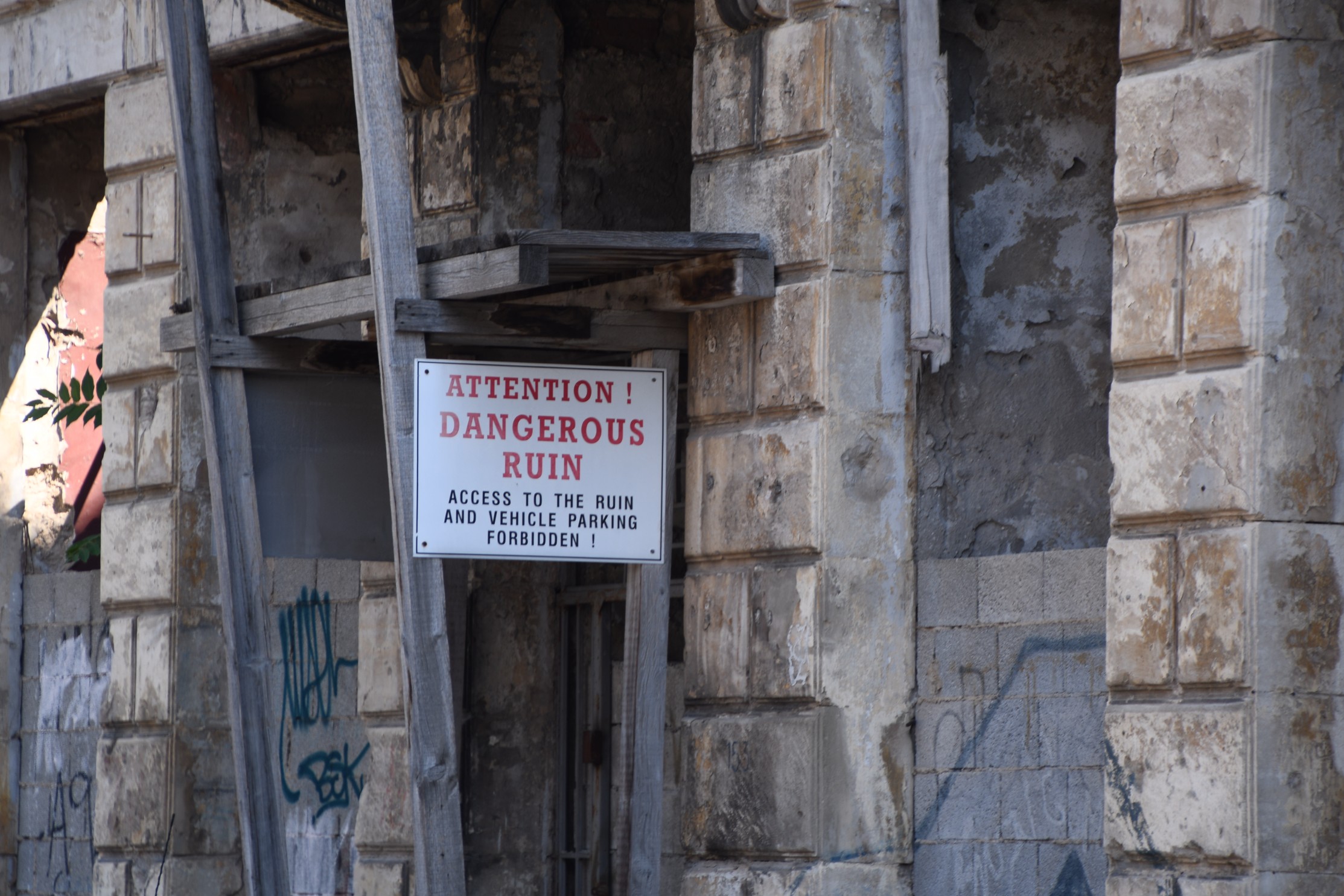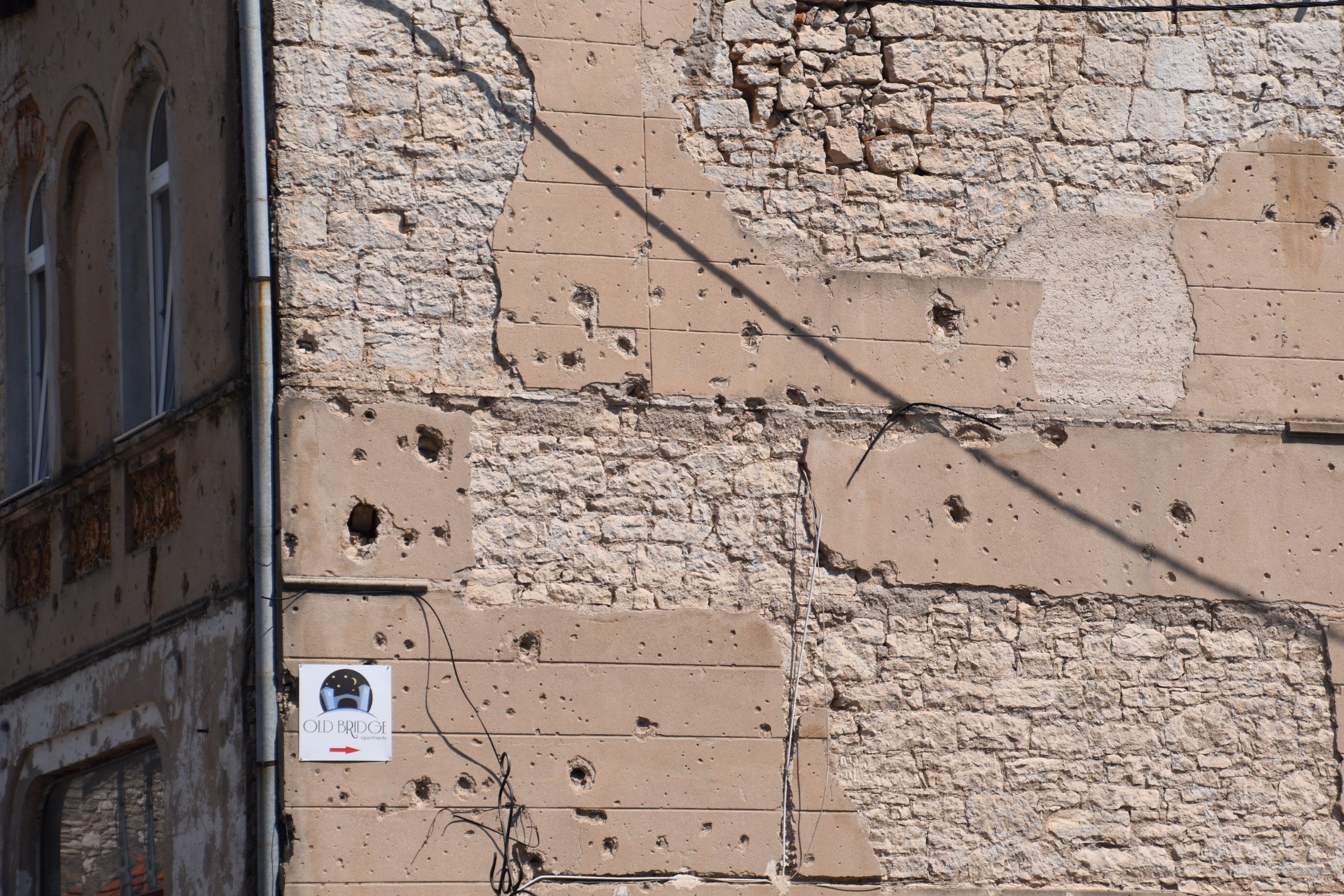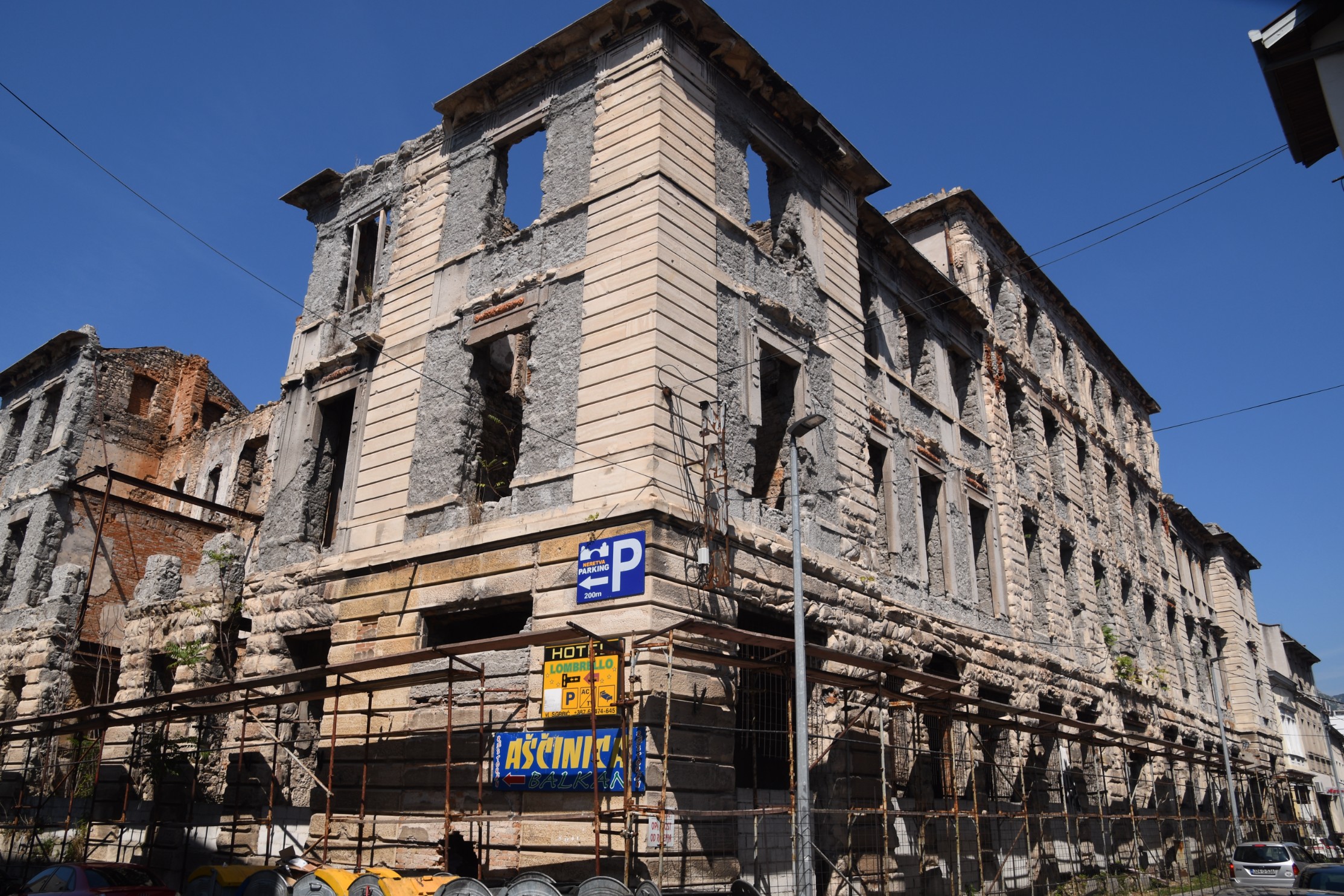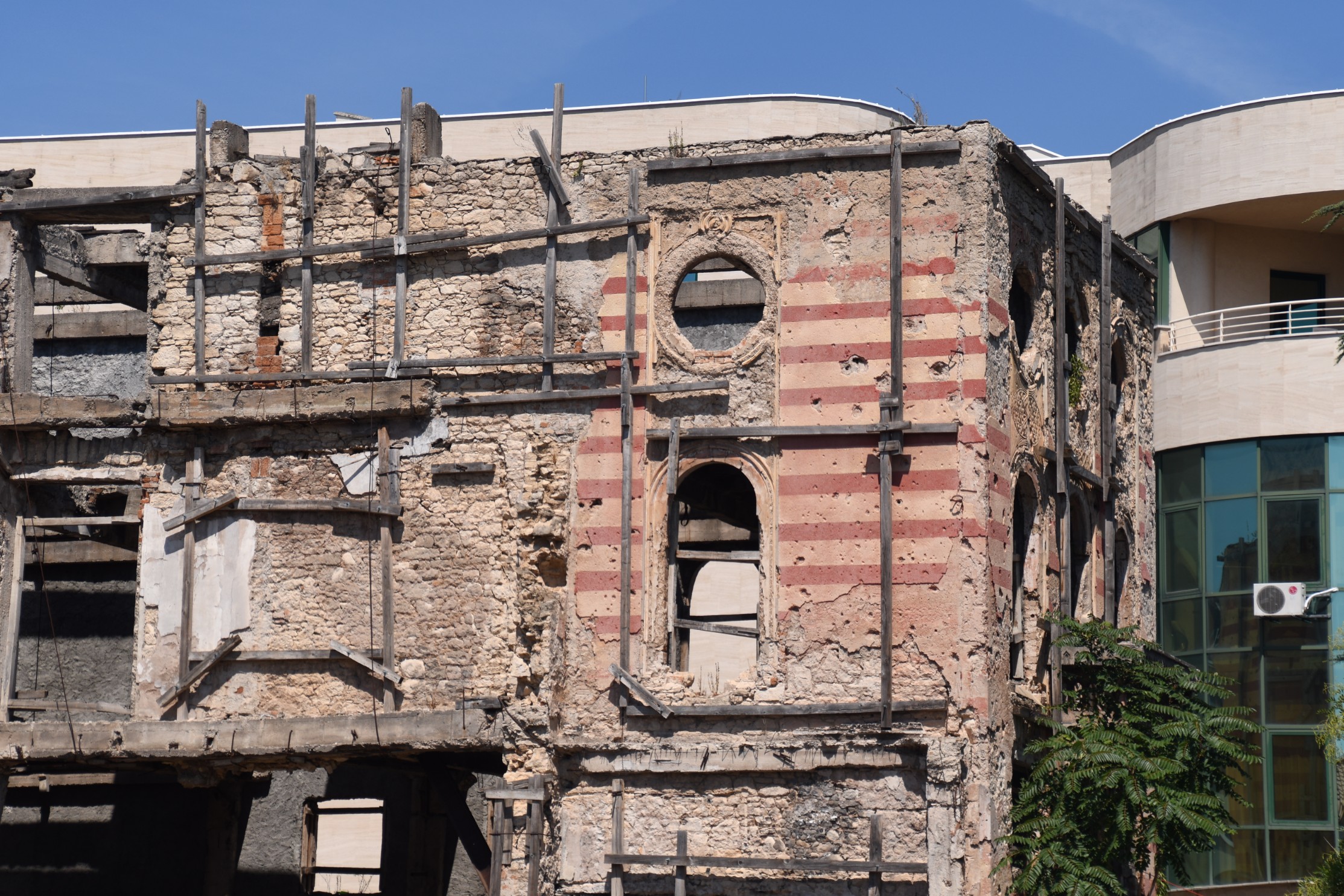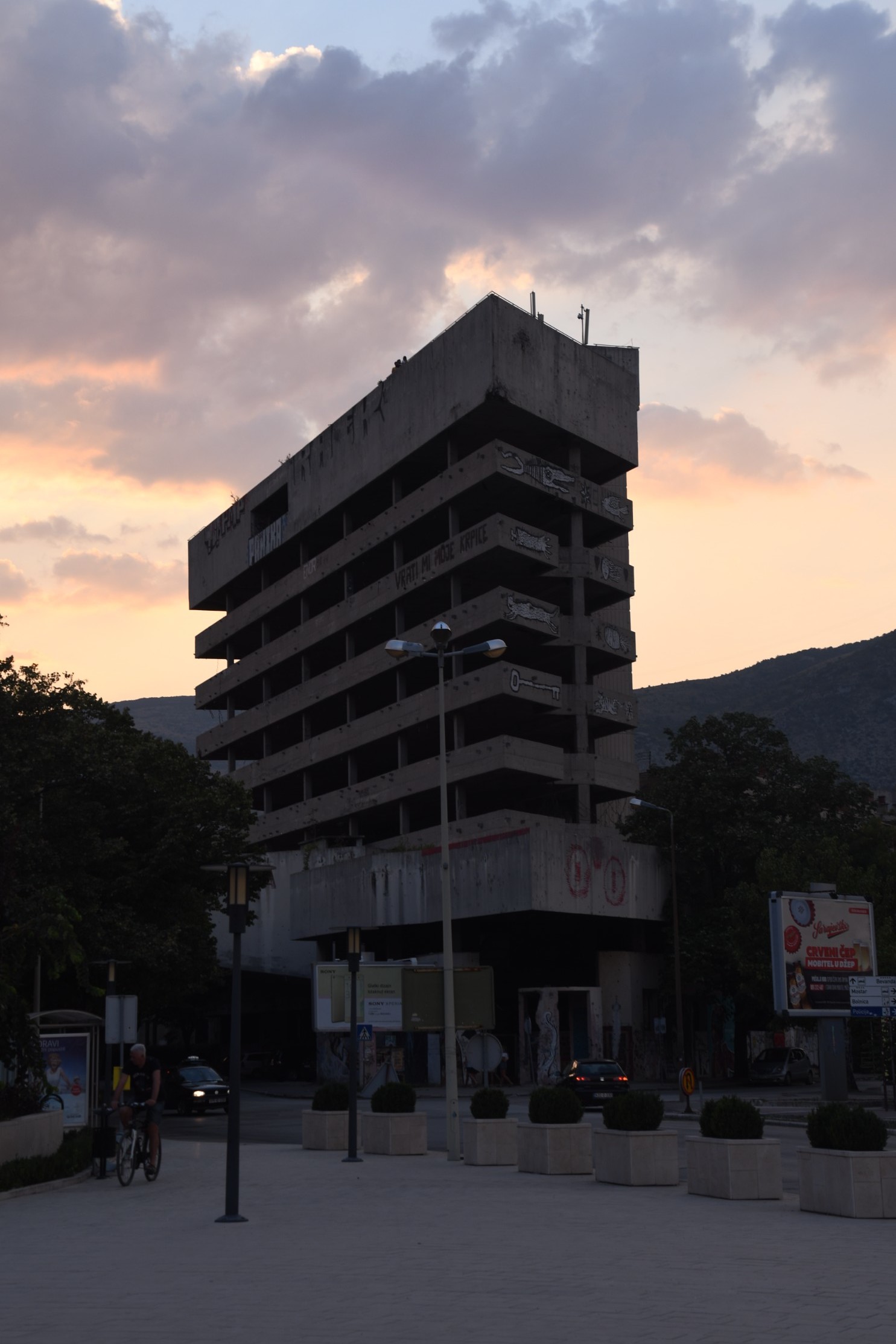Mostar | Bosnia & Hercegovina
/“Watch out for unexploded landmines”. We were lightly warned at our hostel before setting out on a quick hike on the outskirts of Mostar. Of all the things I had feared may happen to us traveling the world, I must admit, landmines hadn't crossed my mind. Perhaps that was naive.
Mostar is an old city, at least as old as 1474, & today is attracting visitors of an outdoorsy sort for its proximity to hikes, waterfalls & rafting opportunities. Originally, we hadn't even planned on coming to Bosnia & Hercegovina (BiH) after Croatia, we were hoping to meet up & travel with friends. When we were unable to swing meeting them, we had to decide on what to do with our extra week.
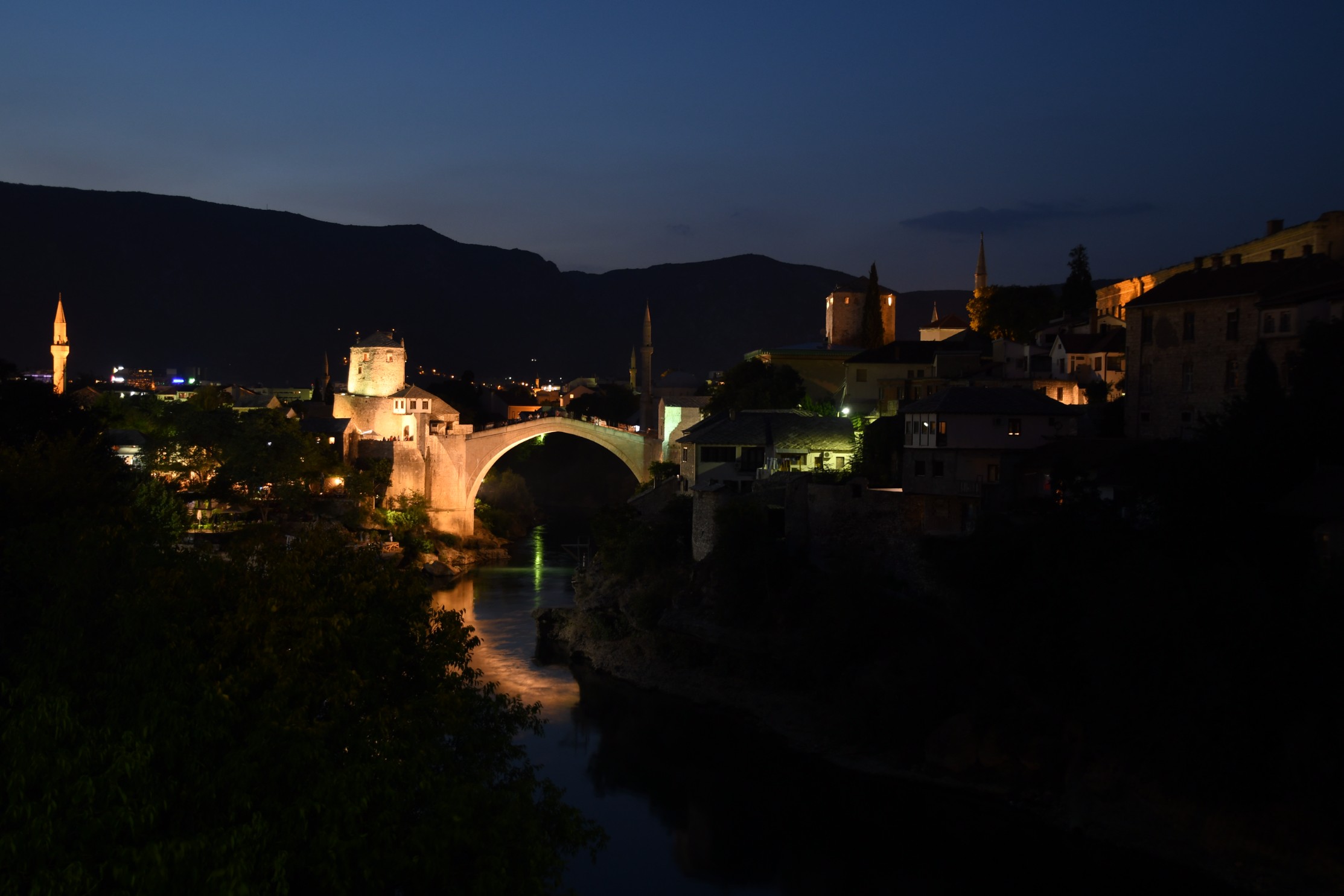
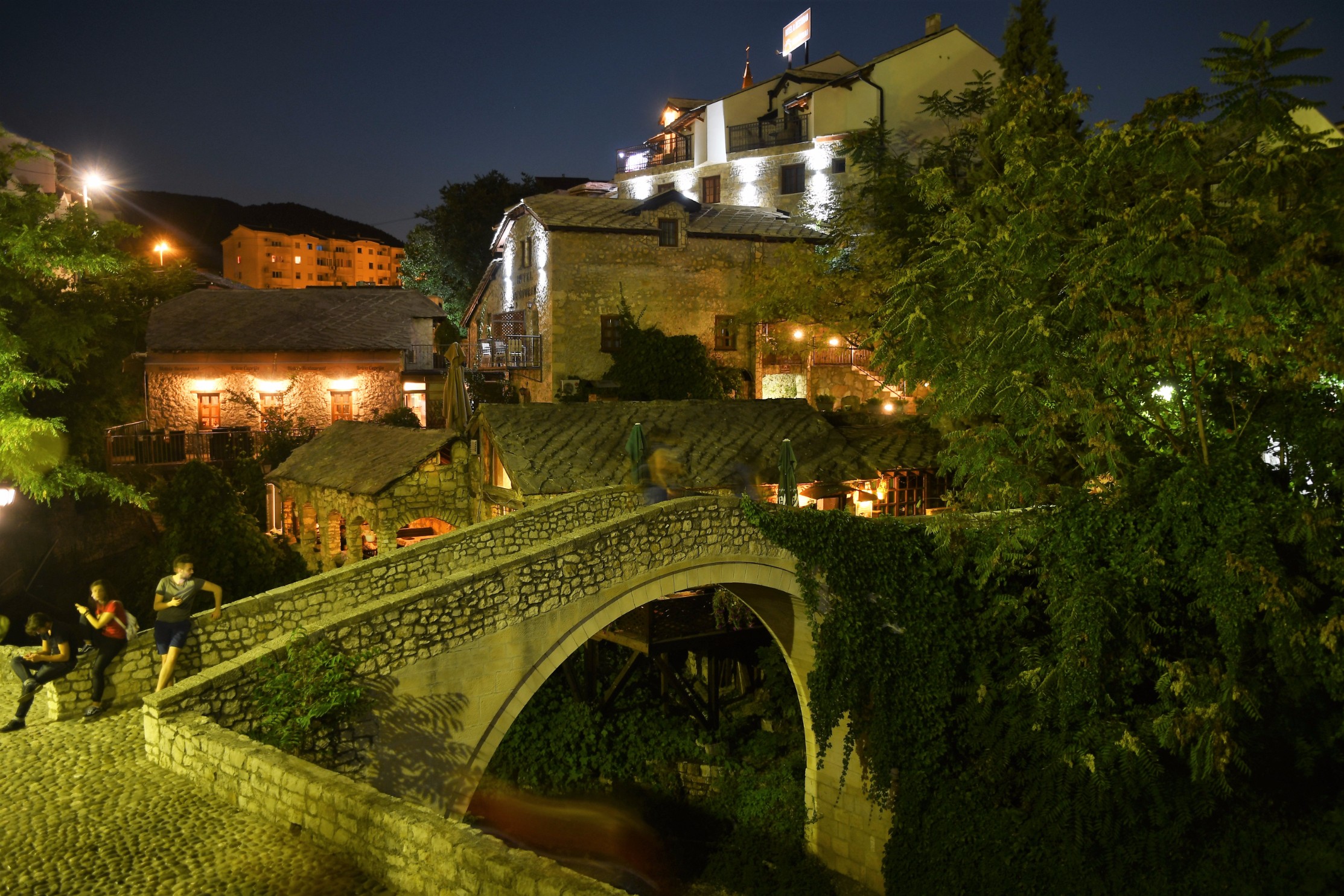
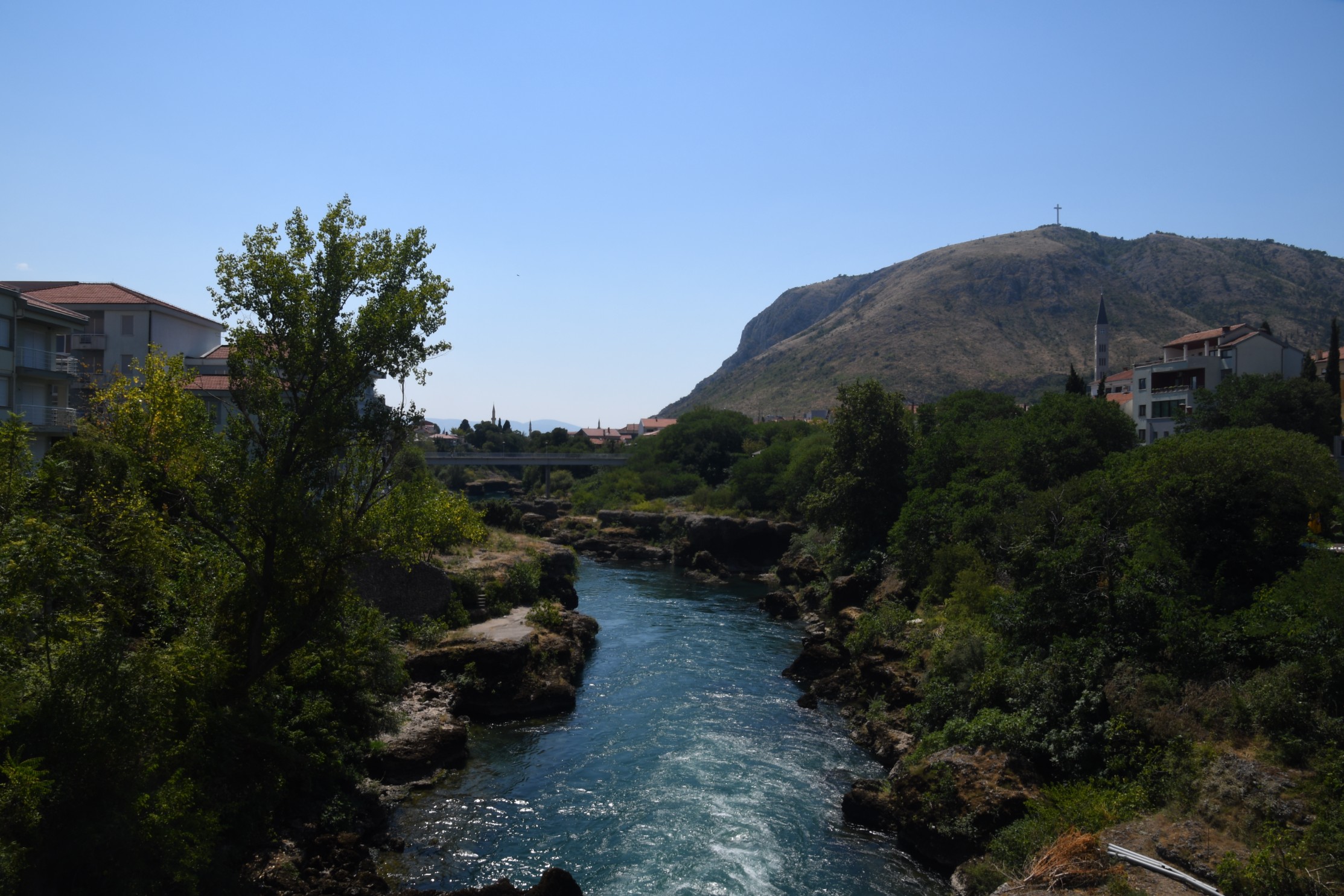
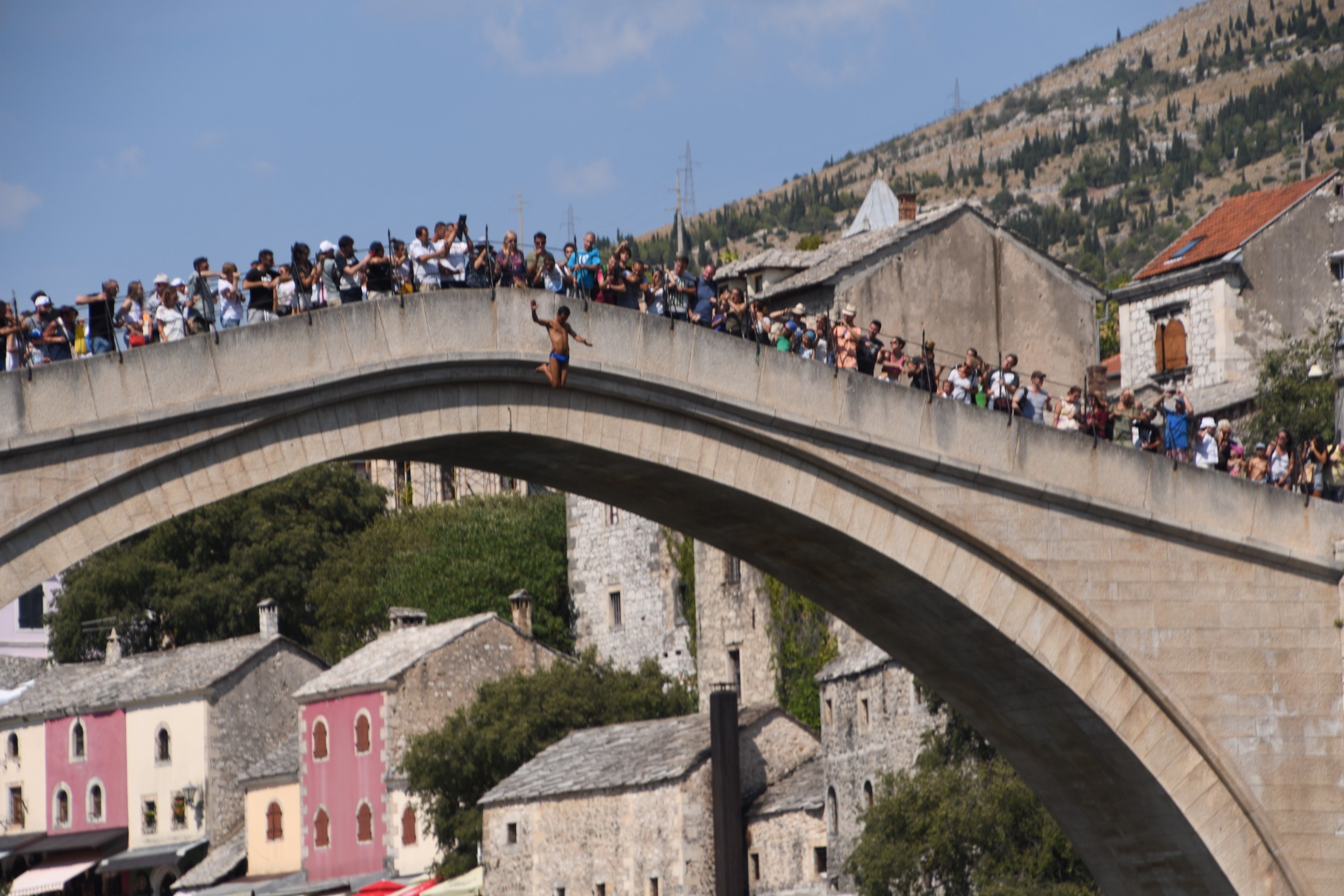
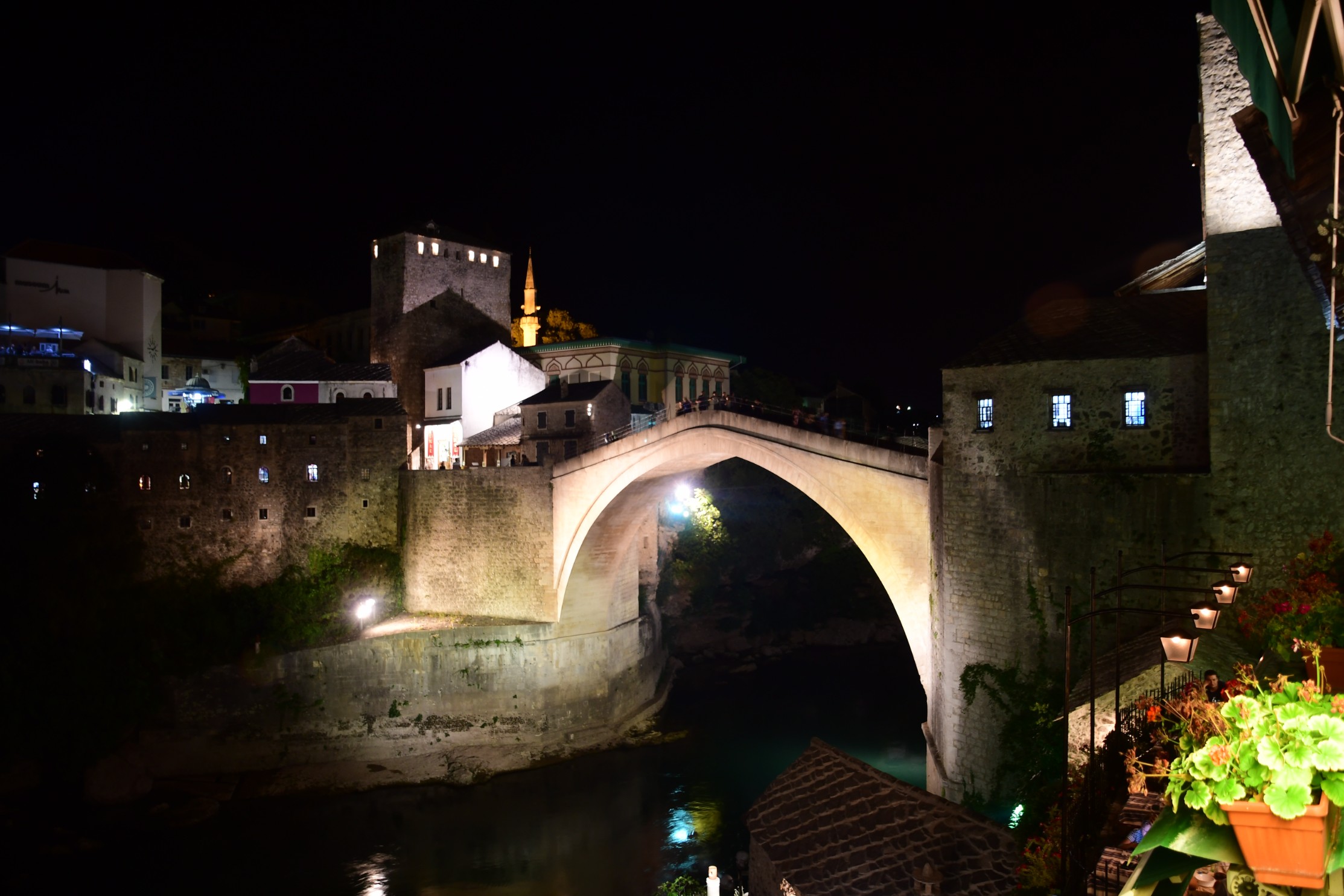
A few friends from home had mentioned Mostar to us & the more we considered it & met other travelers on the road, everyone said we had to go see the town. If we were traveling through, there was no way we could miss it. We arrived in the evening, off a bus from Dubrovnik & BiH besides the beautiful old town & famous Stari Most bridge what we also noticed were numerous crumbling buildings, covered in bullet holes, roofs collapsed & signs which read “Dangerous Ruins”. Obviously, we knew BiH had a long & complicated war (these things are rarely black & white), but why did here in particular look so rough? Why did it still seem so damaged after all these years?
If you stick to the town highlights, or visit on a day tour from Croatia (we do not at all recommend this, you’ll spend more hours on a hot bus than in town), you’d only see the surface of Mostar - only seeing the ancient town & the shiny new buildings. You’d miss everything of her scars & lingering issues that lie just beneath the fragile surface. What you won’t see is how Mostar is still a city divided, time has done little to heal the wounds of the recent conflicts.
Where we stayed, Hostel Nina, was fantastic. If you plan a trip, you must stay here, not only are they incredibly sweet people, but if you want to see & learn about the town, there are no better people in the world to show you. They host an all-day tour of the area (only available through them); yes, that sounds long & daunting, but it is well worth it.
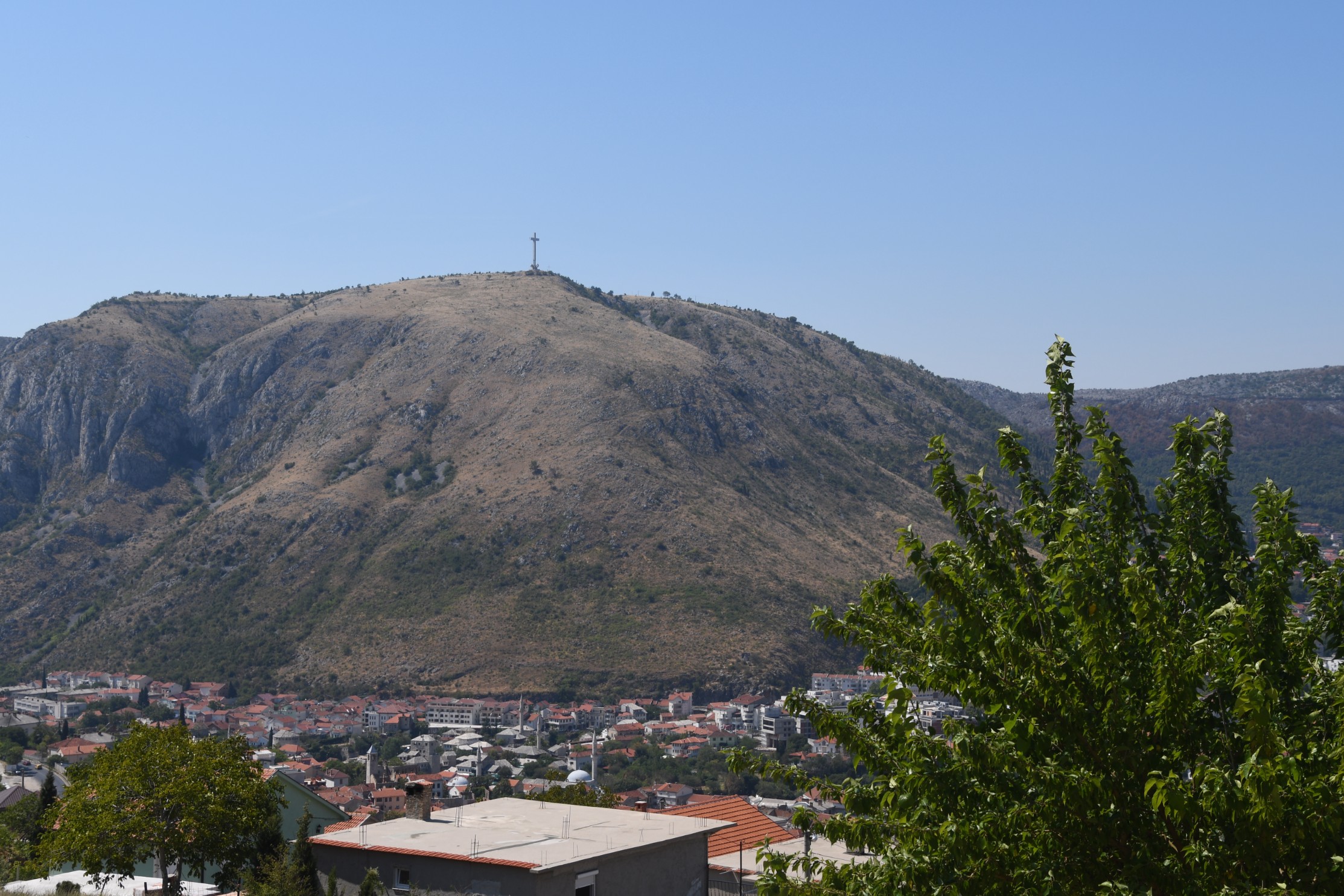
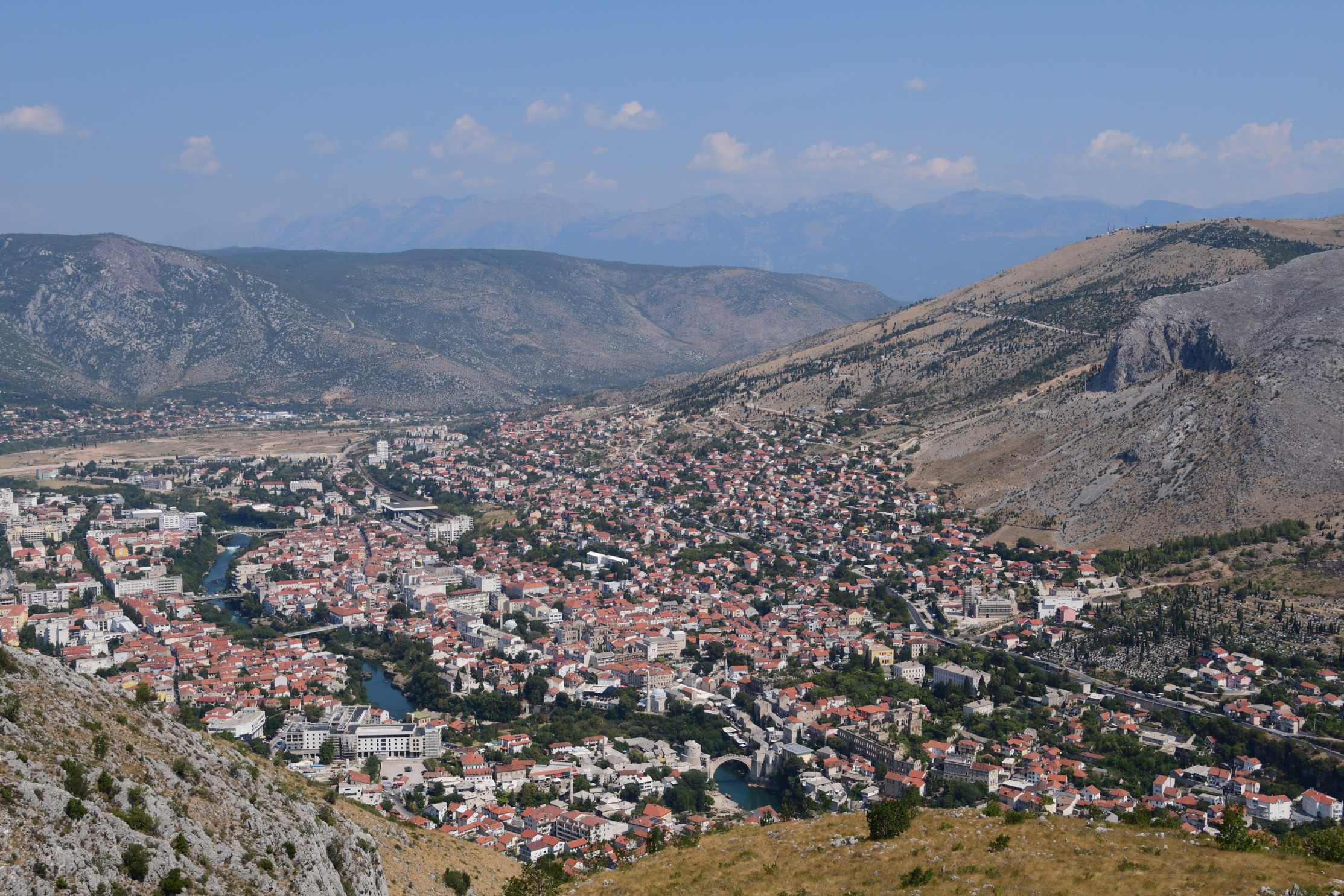
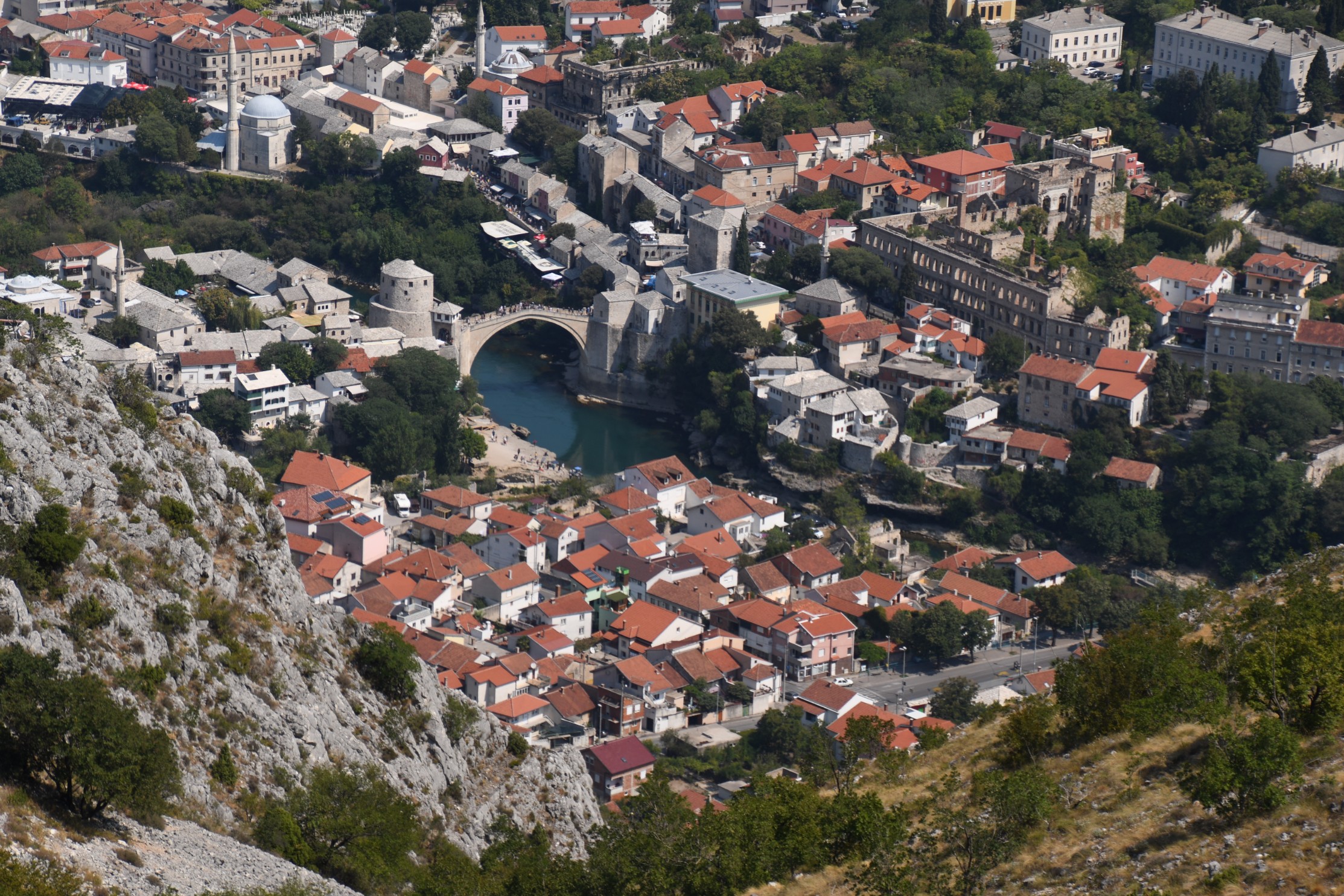
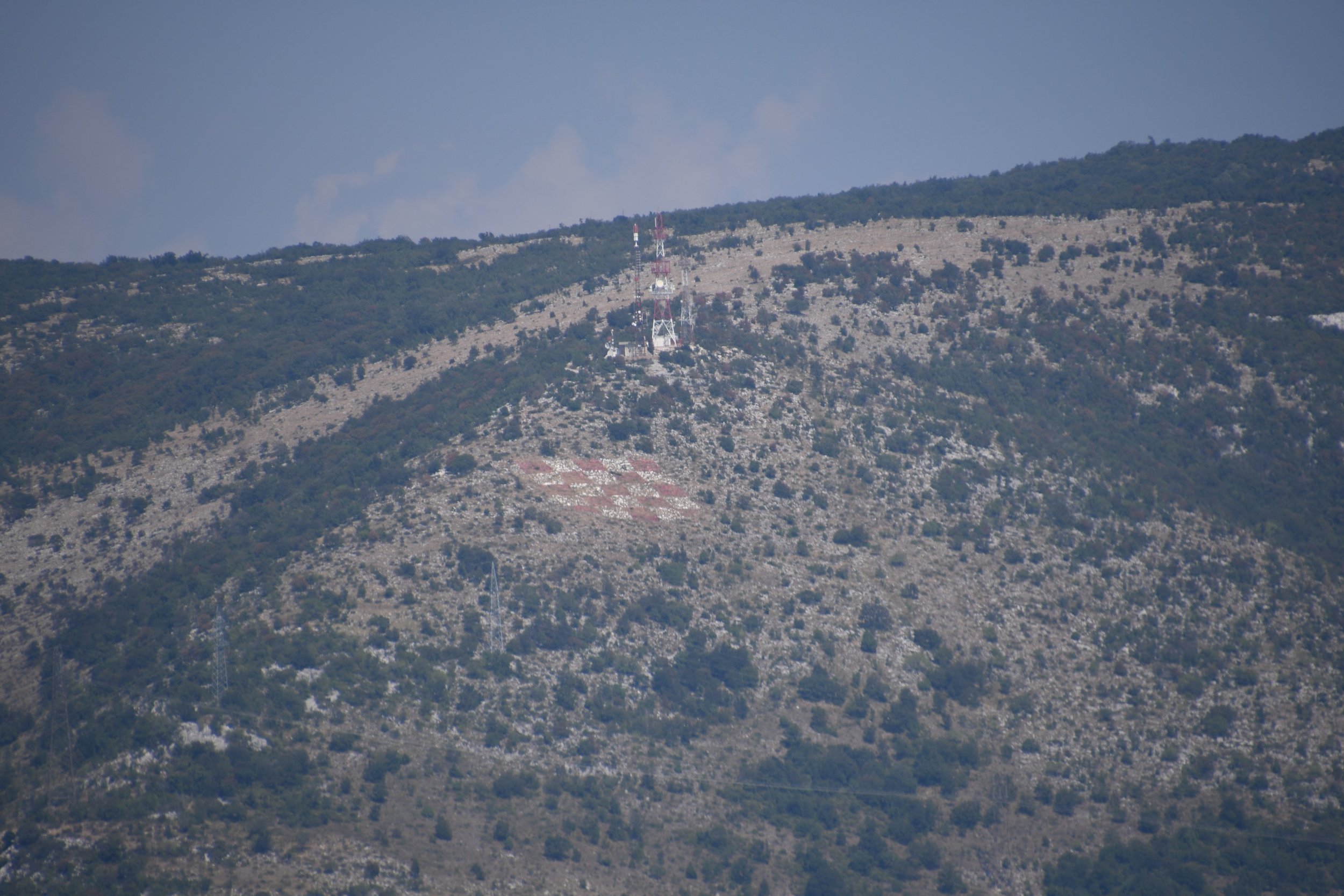
To understand the full story, it takes a bit of a history refresher. When Yugoslavia fell, BiH was one of the most diverse republics within the federation. Many Bosnians shared a strong faith with the Orthodox religion in Serbia (Bosnian Serbs), many were staunch Catholics identifying with the Croatians (Bosnian Croats) & still more were Bosnian Muslims (Bosniaks). At the beginning for Mostar, the Bosniaks & Croats fought together against the Bosnian Serbs to push them back from the city lines & remain an independent BiH. However, later, many of the local Croats turned on their Muslim Bosniaks neighbors in hope to expand Croatia’s territory & annex Mostar. What followed, was a nine-month battle for the city, split right down the center of town; Catholic Bosnian Croats on one side & their Muslim Bosniak neighbors on the other.
Zika, who heads the tour, was 17 when Mostar fell under siege. Though it cannot be easy, he & several of his family & friends make sure to tell their stories & explain to guests all that transpired in those long months. He & others joined the local resistance & fought to keep his family safe. Many days they were nearly starved out, eating grass & pigeons if they could catch them, or waiting for what supplies from the U.N. or NATO may come. He credits his mother & sisters with keeping the family fed, being creative chiefs with their limited supplies. What was I doing at 17? Probably complaining about something.
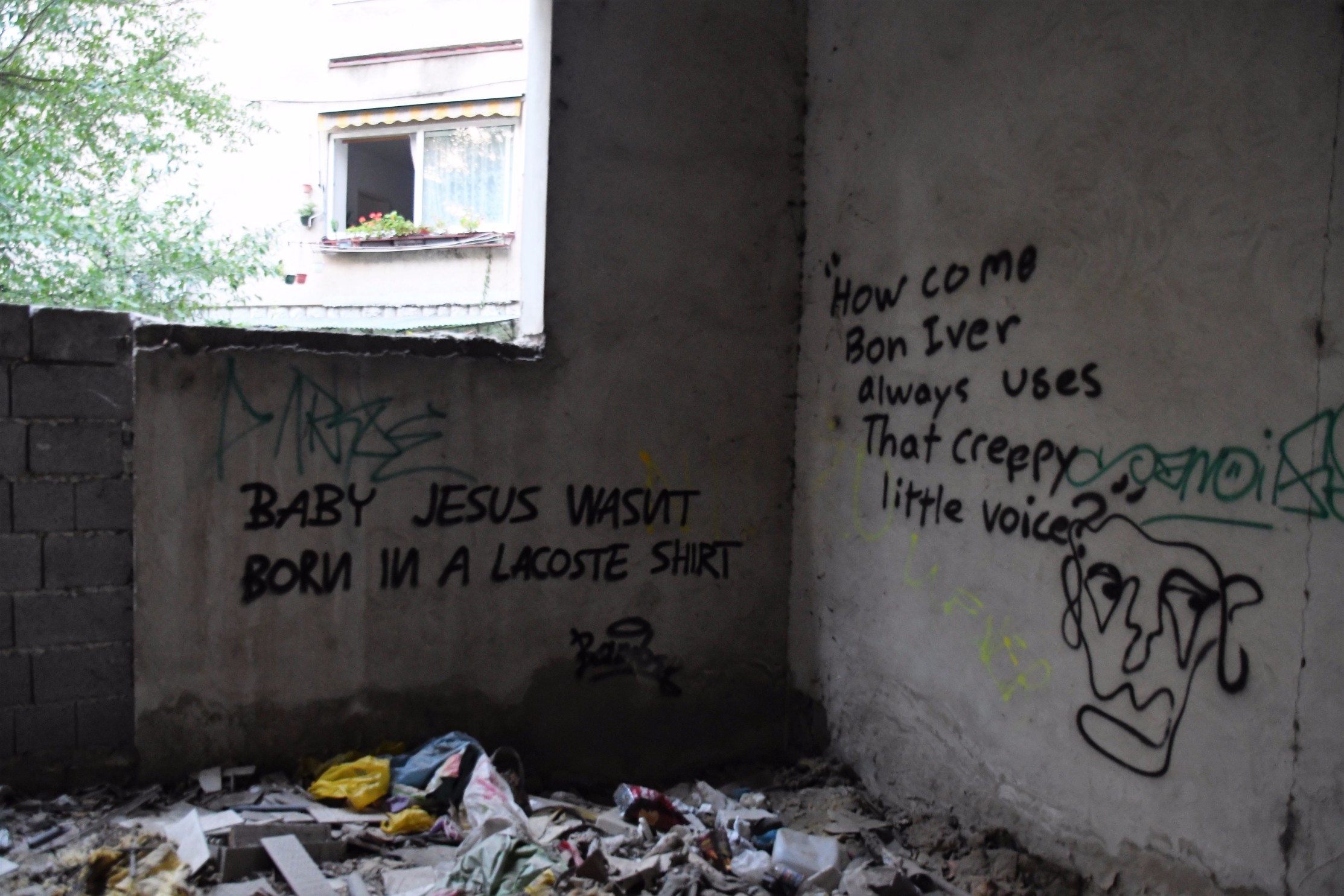
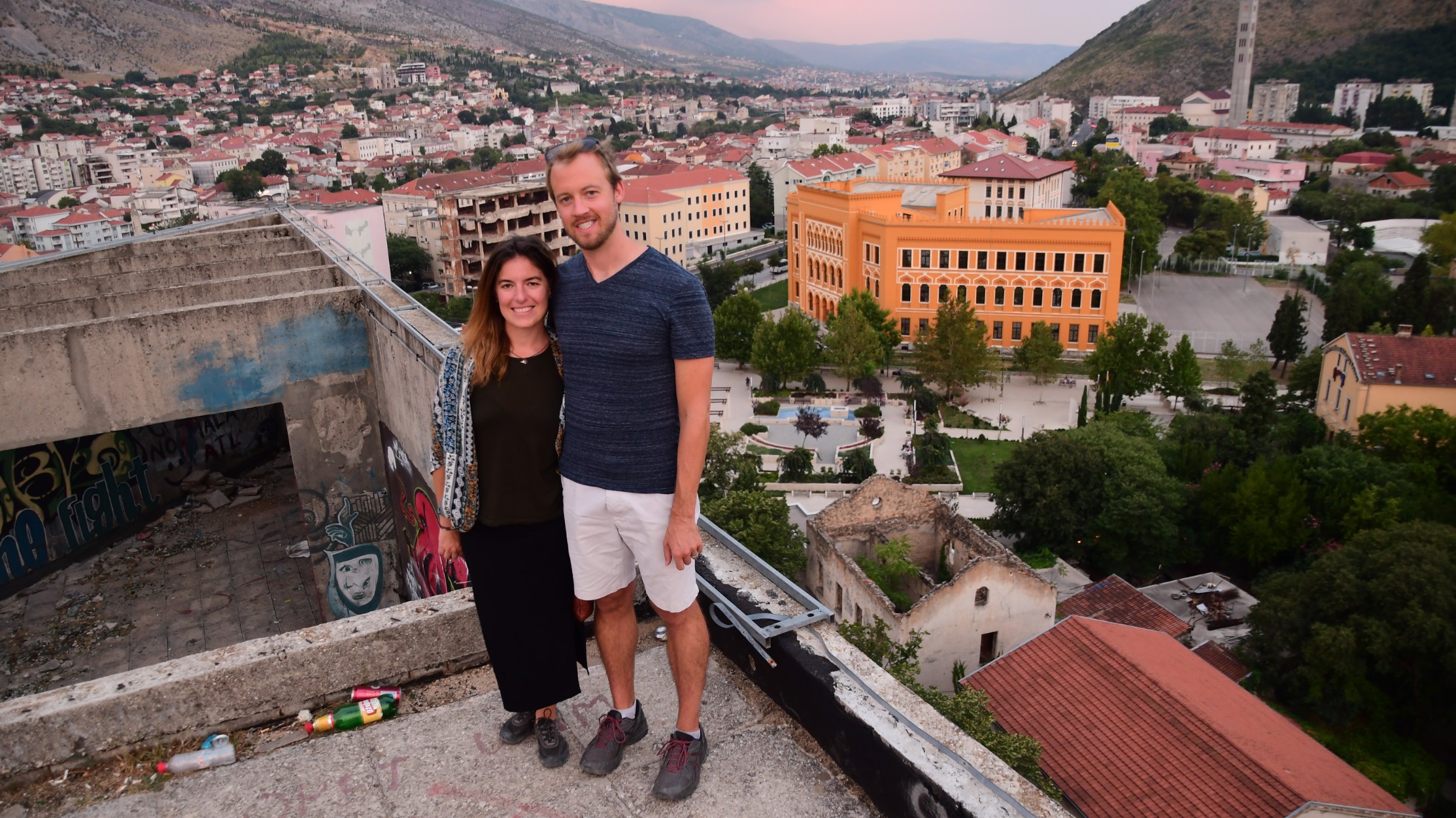
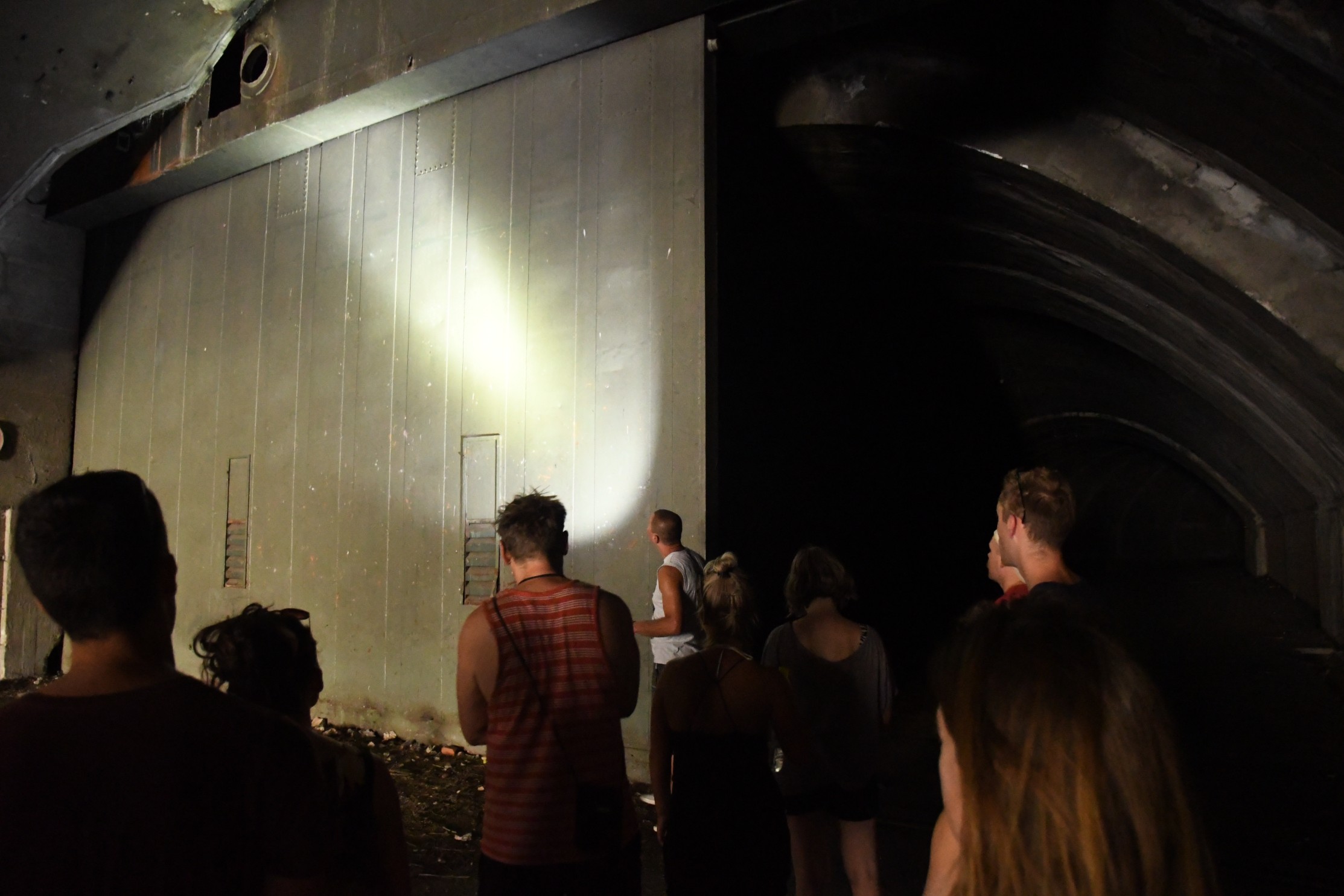
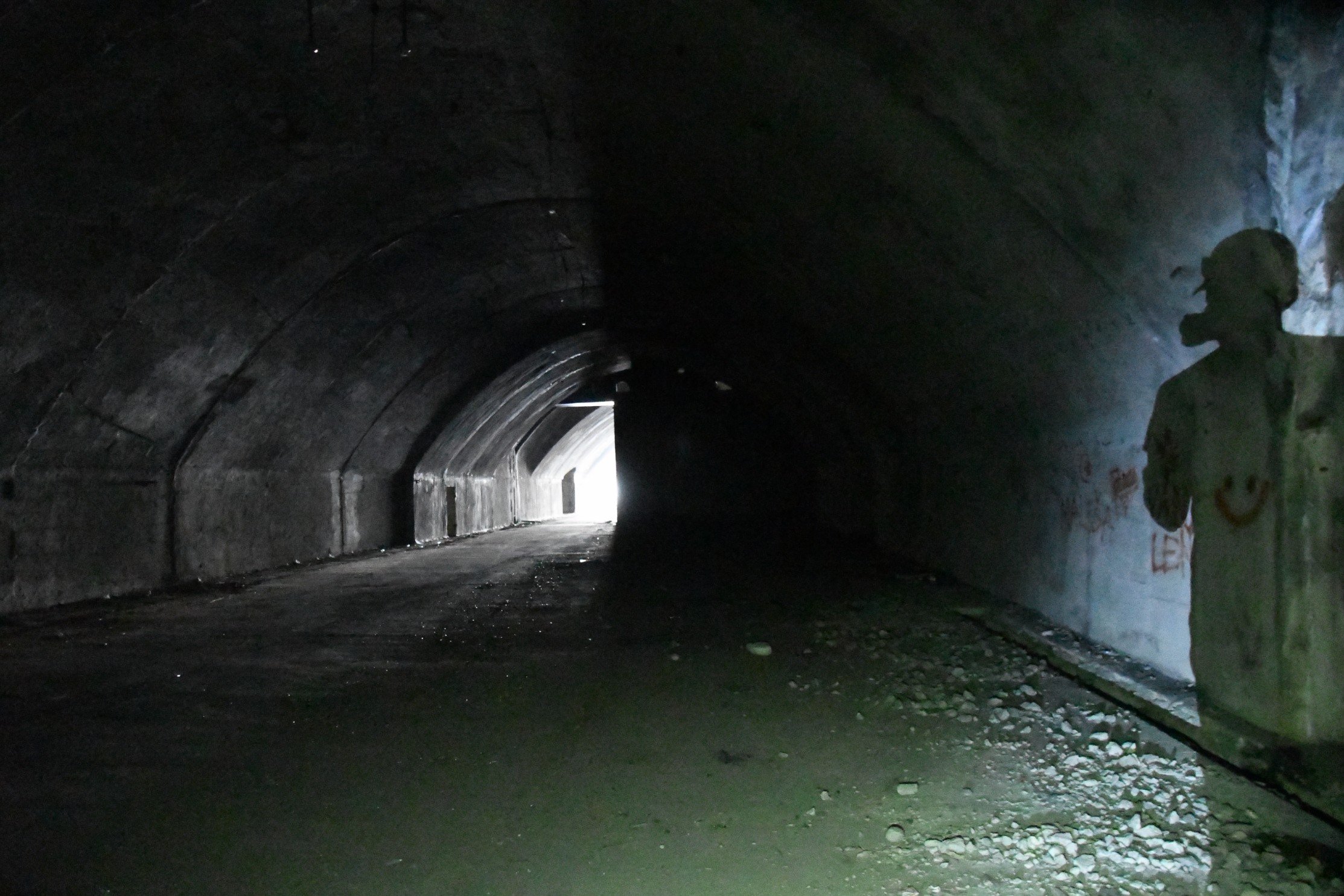

Along the front lines, in a building which was previously a bank, the Croat forces established a sniper tower. Today if you’re willing, you can jump the small wall & climb up the old stairs to the top, where snipers laid in wait for desperate Bosniaks to sneak to the river for water & then opened fire. Landmines were laid haphazardly in the surrounding mountains; today, the warning signs go missing as moronic tourists steal them for “souvenirs”. Rumors were that the river itself was filled with poison, in a sheer effort to wipe out the town. Zika, himself, was shot twice, but survived to bury childhood friends. He knows he may very well walk past the men who shot him every day, but has no way to know it.
With the Washington Agreement, the end to the fighting in Mostar meant an uneasy peace. Technically, the two sides are again one city, but looking closer, old grudges die hard. To the west side, on the “Catholic” side, stands all the churches in town, while Mosques rise above the neighborhoods to the east, marking the “Muslim” side. On the west, if you ask for a local beer at the pub you are likely to be served a Croatian beer, not Bosnian, & we were warned the owners could be irritated & ask us to leave if we pressed for one. High above on the mountain side is the crest of the Croatian flag, painted for all to see over this Bosnian town. Most notably, the schools are still segregated 20 some years later save one, a sort of “social experiment” by the town to see if children can be taught to coexist together. Zika worries for his son, now 7, to one day ask why it’s not safe for him to wear his Bosnian national football jersey on the wrong side of town. They may not have a wall, but it is as divided as Berlin ever was. Who knows what the future will hold?
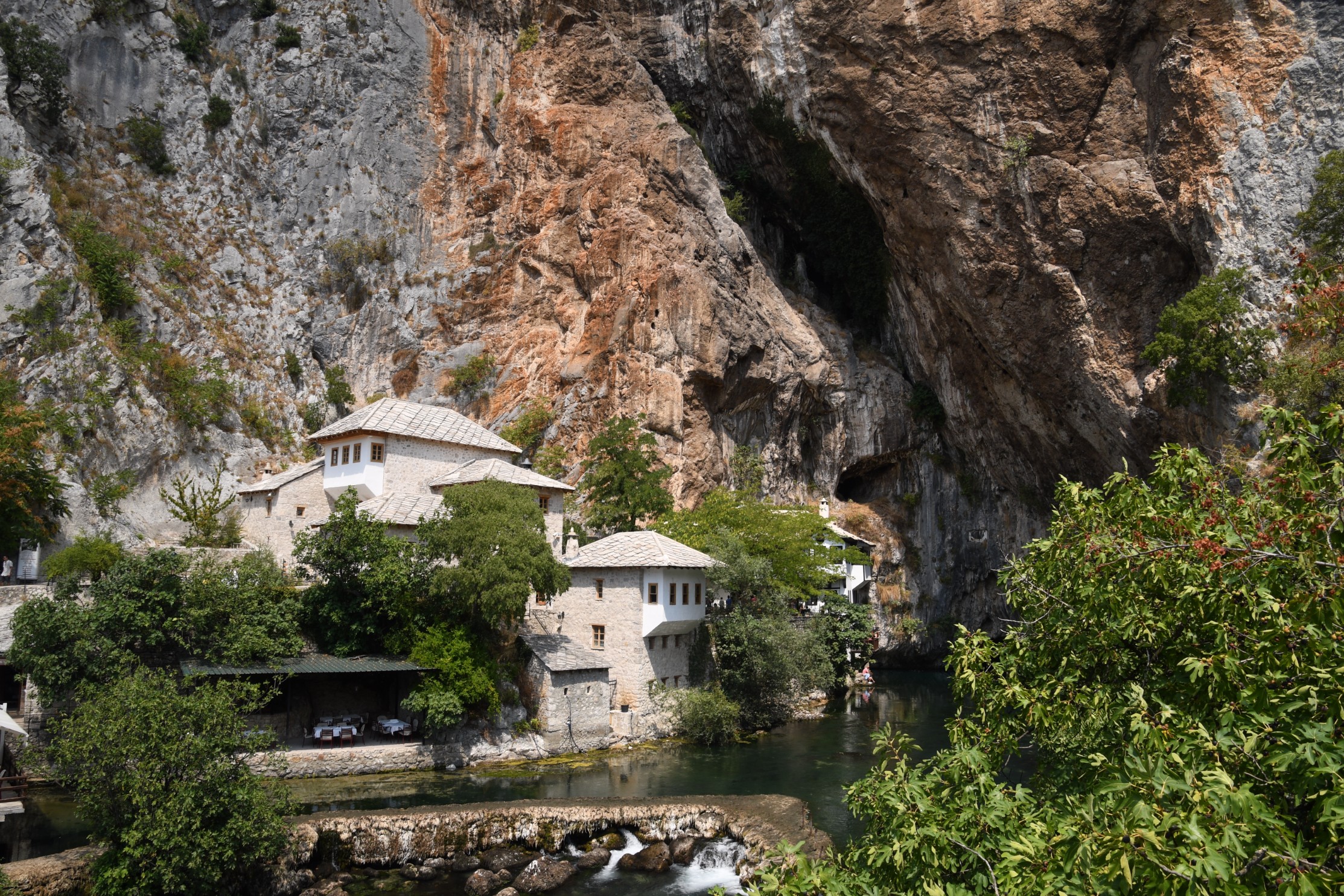
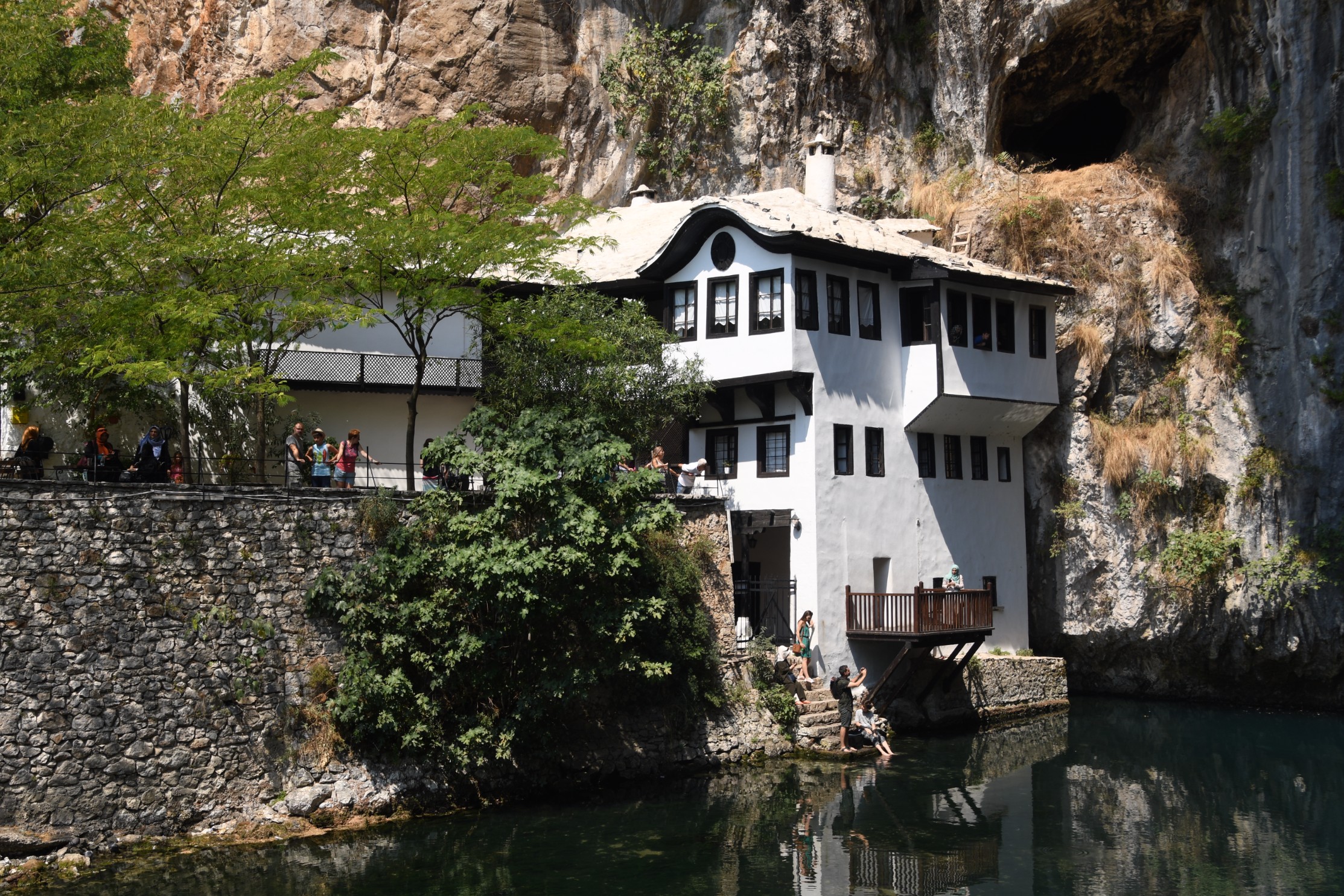
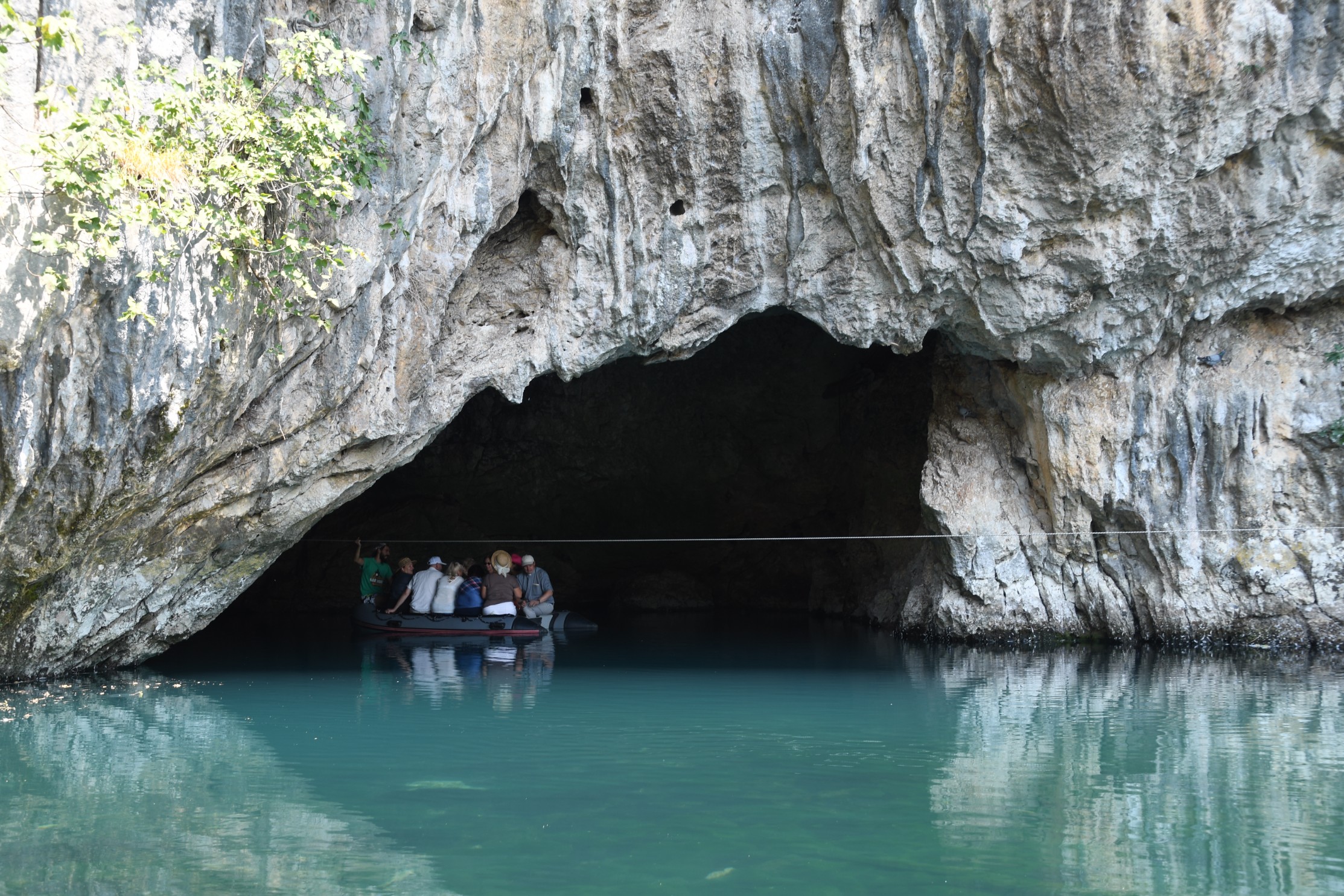
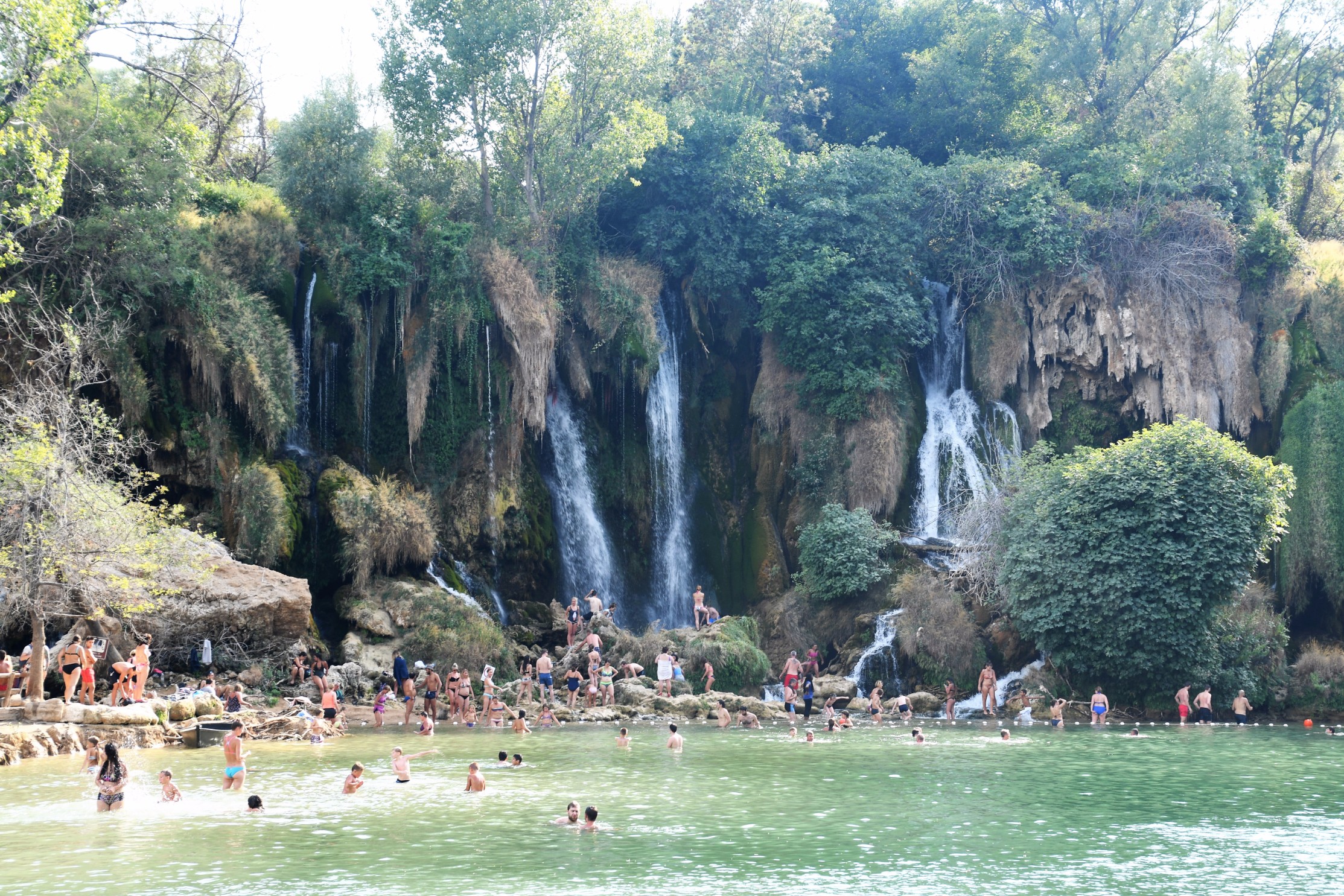
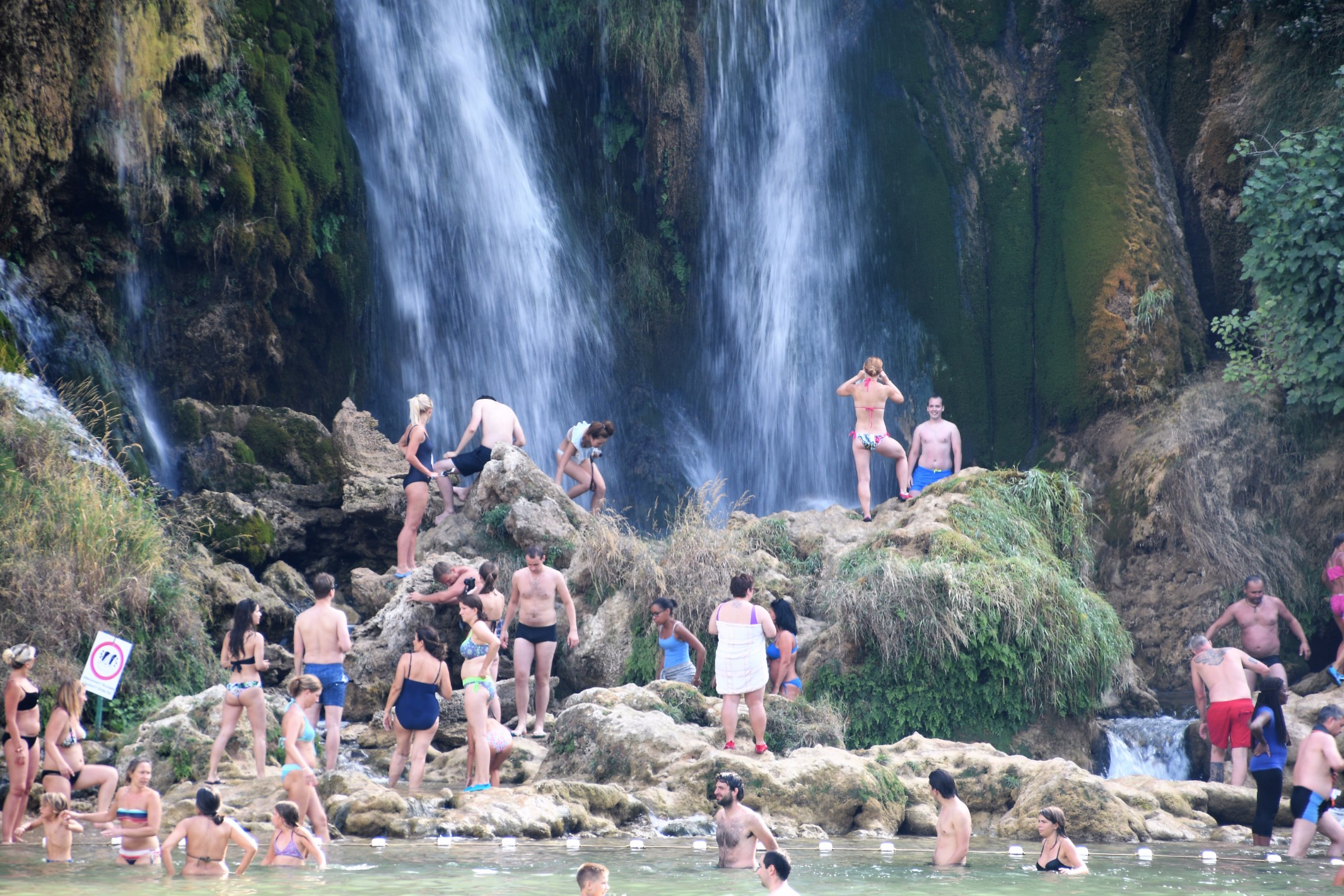
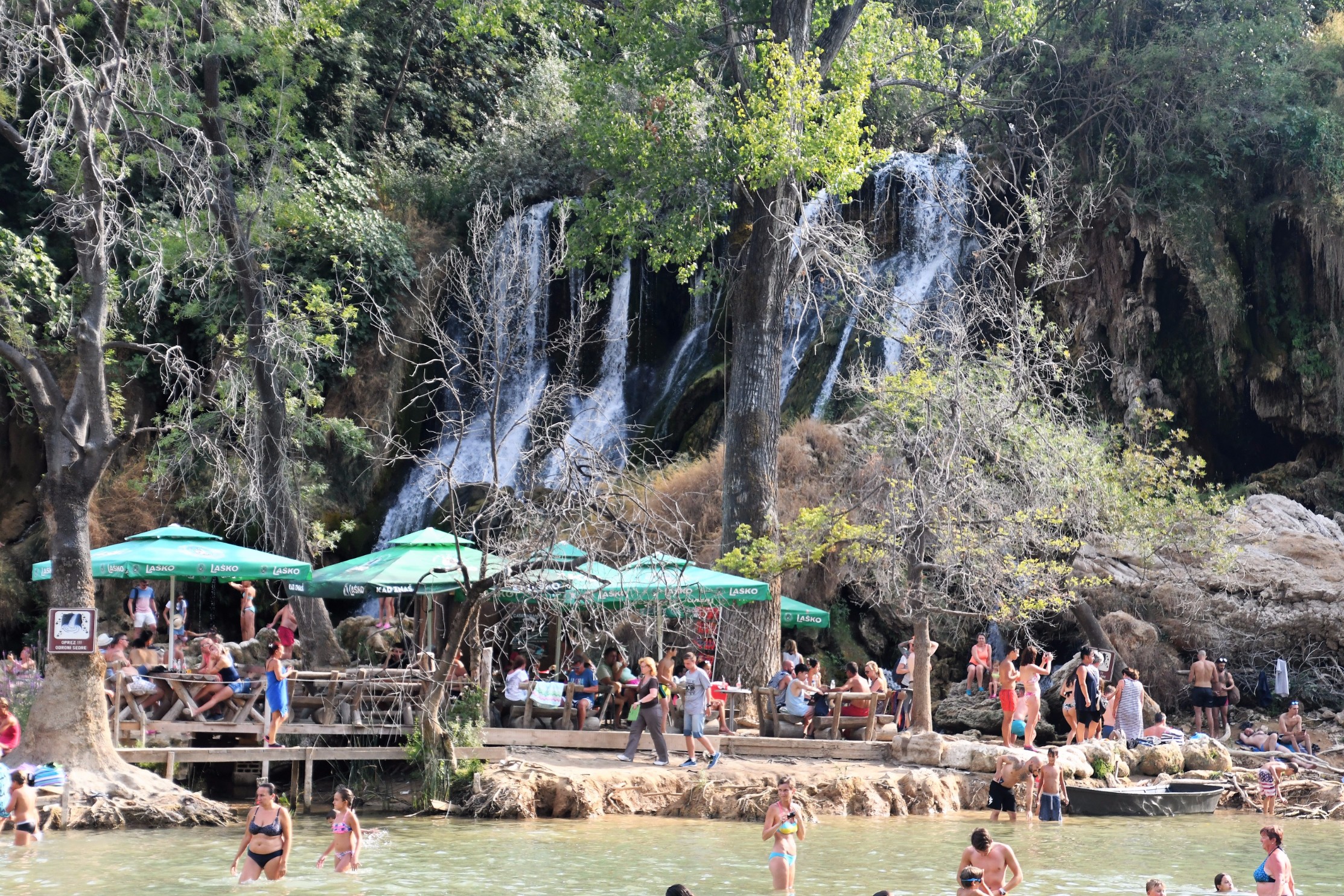
For us, our visit meant making life long new friends & seeing a side of BiH we never expected. Outside of Mostar, lay the beautiful village of Blagaj, with the centuries-old dervish house, Blagaj Tekke. A bit further you can visit the beautiful waterfall oasis at Kravice Falls.
So, you can come for the history or you can come for the sites, but the most important thing is that people come. They come & stay in town, get to know the people, & just maybe help push a lasting peace forward. If nothing else, come for a welcoming reception in Zika’s backpacker bar, have some ĉevapi at Tima-Irma, & stay for a cold brew & evening entertainment at Black Dog Pub.


